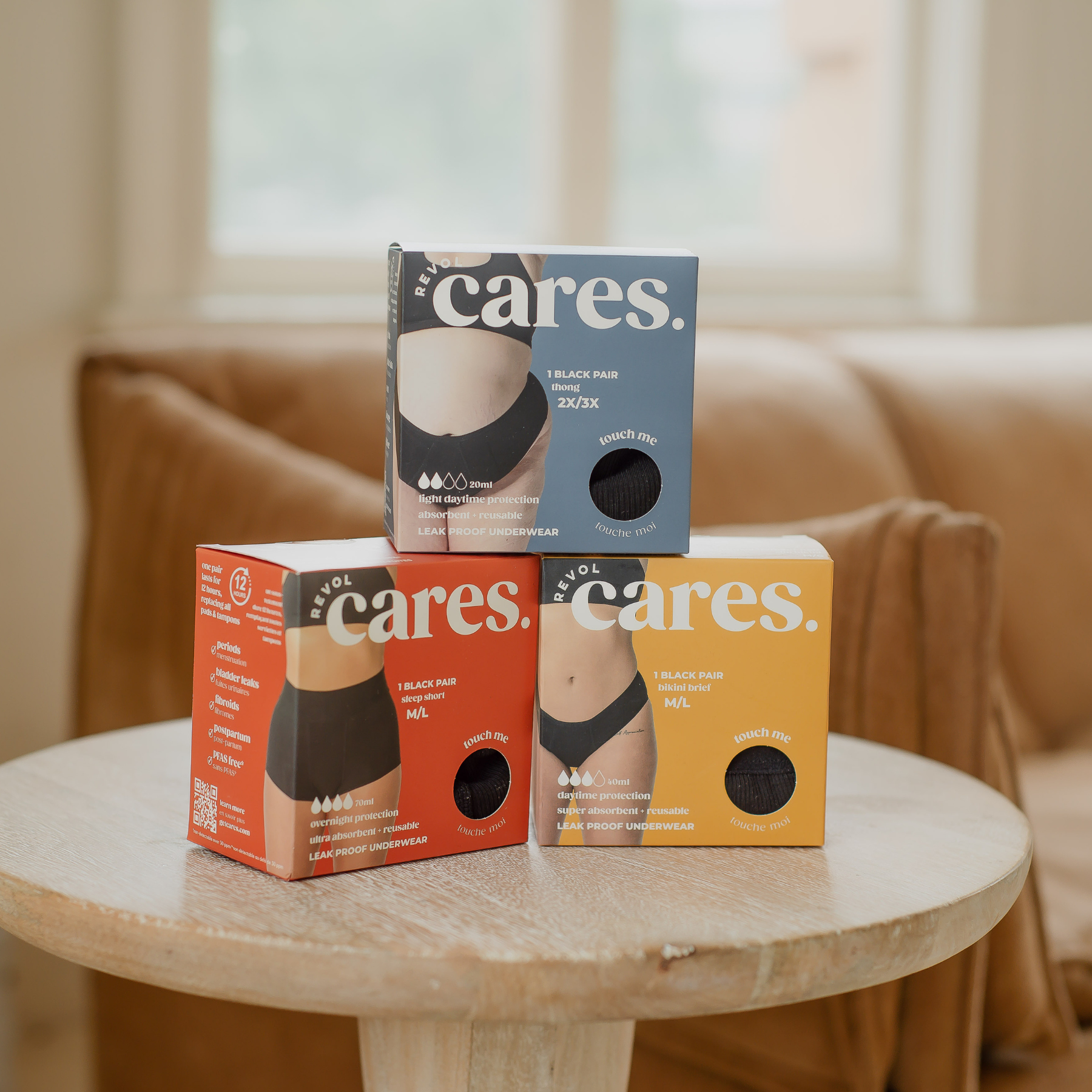Ever notice some workouts feel like a breeze one week… and completely impossible the next? You’re not imagining it! Your menstrual cycle could be the reason. Understanding how your body changes throughout the month can help you work with it, not against it.
What Happens in the Luteal Phase?
After ovulation, progesterone takes the spotlight, triggering several physiological changes that can influence your workouts:
-
Raised body temperature: Exercising in hot environments may feel tougher.
-
Increased resting heart rate and breathing rate: Your body is naturally working harder, making workouts feel more strenuous.
-
Catabolic effects: Progesterone can slow muscle repair, meaning strength gains may be slightly less pronounced compared to earlier phases.
-
Mood and energy fluctuations: Early luteal phase may feel relaxed, but late luteal can bring fatigue, bloating, or irritability.
Think of the luteal phase as your body saying: “Let’s pace ourselves.” Recognizing these signals can help you adjust your training for better results.
Training During the Luteal Phase: What to Expect
Strength Training
Studies show that building muscle is slightly less efficient in the luteal phase compared to the follicular phase. Strength gains, muscle fiber growth, and repair respond better when estrogen is higher. That doesn’t mean you can’t lift — just focus on moderate weights with higher reps, rather than chasing personal bests.
Cardio and Endurance
-
Early luteal phase: Progesterone and moderate estrogen levels help your muscles burn fat efficiently, supporting steady-state cardio like cycling, swimming, hiking, or long-distance running.
-
Late luteal phase: Energy dips may make high-intensity efforts feel harder. Opt for low-intensity steady-state (LISS) workouts, gentle yoga, or walks rather than pushing for max effort.
Recovery
Higher progesterone can increase recovery needs. Listen to your muscles — longer rest and sleep may help prevent fatigue and injury.
Mental Game
Mood and motivation can fluctuate. Scale intensity based on how you feel. Lower intensity doesn’t equal failure — it’s strategy.
How to Sync Your Workouts With Your Menstrual Cycle
1. Track Your Cycle
Use a period-tracking app or a calendar to note each phase. Basal body temperature tracking can also help identify ovulation, letting you anticipate the luteal phase. Knowing your cycle phases improves your exercise efficiency and reduces frustration.
2. Adjust Workouts by Phase
-
Menstrual Phase: Gentle movement — yoga, stretching, or light cardio to reduce cramps.
-
Follicular Phase: HIIT, heavy lifting, plyometrics, or long runs. Energy is high, and recovery is faster.
-
Ovulation Phase: Peak performance — powerlifting, sprinting, and challenging workouts are ideal.
-
Luteal Phase: Moderate cardio, functional strength, Pilates, or yoga. Avoid hot workouts and listen to your body’s signals.
3. Prioritize Recovery and Nutrition
-
Sleep: Progesterone may help early luteal phase sleep, aiding recovery.
-
Nutrition: Smaller, frequent meals with protein, fiber, and slow-digesting carbs help manage blood sugar and cravings.
-
Hydration: Keep electrolytes in check, especially during cardio or sweaty sessions.
4. Be Kind to Yourself
Energy dips, bloating, cramps, or mood swings are normal biology, not laziness. Adjust expectations and celebrate the workouts you can do instead of stressing over those you can’t.
Revol Tip for Luteal Phase Comfort
If you’re noticing extra discharge or spotting during the luteal phase, lightweight, absorbent undies like Margo and Toni can help you feel dry and fresh without needing a liner. Move with confidence, crush your workouts, and forget about leaks.





